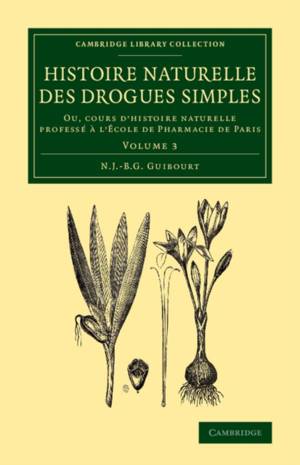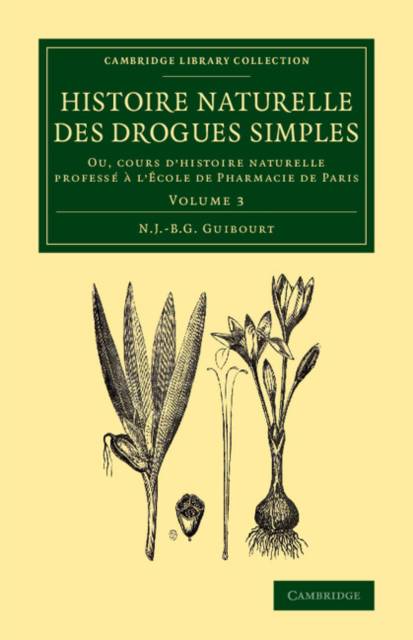
- Afhalen na 1 uur in een winkel met voorraad
- Gratis thuislevering in België vanaf € 30
- Ruim aanbod met 7 miljoen producten
- Afhalen na 1 uur in een winkel met voorraad
- Gratis thuislevering in België vanaf € 30
- Ruim aanbod met 7 miljoen producten
Zoeken
Histoire Naturelle Des Drogues Simples
Volume 3: Ou, Cours D'Histoire Naturelle Professe A L'Ecole de Pharmacie de Paris
Nicolas Jean Guibourt
€ 133,95
+ 267 punten
Uitvoering
Omschrijving
The French pharmacist Nicolas Jean-Baptiste Gaston Guibourt (1790-1867) first published this work in two volumes in 1820. It provided methodical descriptions of mineral, plant and animal substances. In the following years, Guibourt became a member of the Académie nationale de médicine and a professor at the École de pharmacie in Paris. Pharmaceutical knowledge also progressed considerably as new methods and classifications emerged. For this revised and enlarged four-volume fourth edition, published between 1849 and 1851, Guibourt followed the principles of modern scientific classification. For each substance, he describes the general properties as well as their medicinal or poisonous effects. Illustrated throughout, Volume 3 (1850) continues to describe plant substances, drawing on the systems of Linnaeus, Jussieu and de Candolle. The volume covers the last two classes of dicotyledons.
Specificaties
Betrokkenen
- Auteur(s):
- Uitgeverij:
Inhoud
- Aantal bladzijden:
- 718
- Taal:
- Frans
- Reeks:
Eigenschappen
- Productcode (EAN):
- 9781108069182
- Verschijningsdatum:
- 8/05/2014
- Uitvoering:
- Paperback
- Formaat:
- Trade paperback (VS)
- Afmetingen:
- 140 mm x 216 mm
- Gewicht:
- 898 g

Alleen bij Standaard Boekhandel
+ 267 punten op je klantenkaart van Standaard Boekhandel
Beoordelingen
We publiceren alleen reviews die voldoen aan de voorwaarden voor reviews. Bekijk onze voorwaarden voor reviews.











